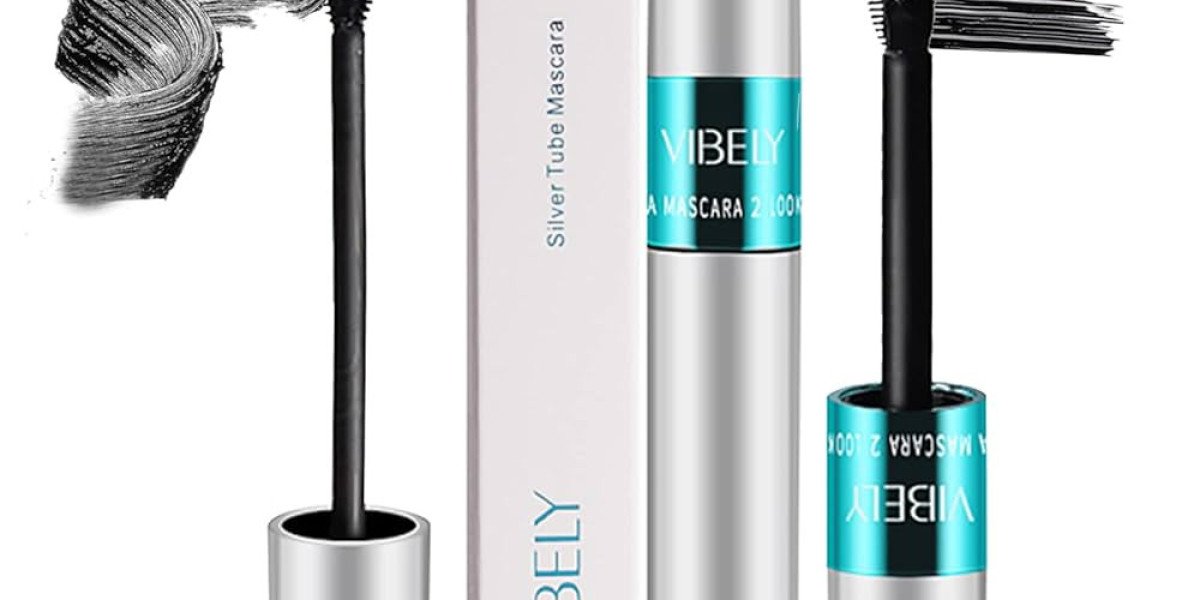Bifold Door Repair: A Comprehensive Guide to Fixing Common Issues
Bifold doors, also understood as folding doors, are a popular choice for house owners looking to maximize area and develop seamless shifts in between rooms or indoor and outside living areas. Their elegant, space-saving design permits for wide openings without the swing area needed by conventional hinged doors. From closets and pantries to patios and room dividers, bifold doors provide adaptability and visual appeal. However, like any mechanical element in a home, bifold doors can experience wear and tear gradually, causing various functional concerns. Thankfully, numerous common bifold door issues are workable with some standard DIY abilities and the best guidance.
This post acts as a comprehensive guide to understanding and dealing with typical bifold door repairs. We will explore normal problems, equip you with the needed tools and understanding, and walk you through detailed repair procedures. By comprehending the mechanics of bifold door broken hinge doors and discovering standard repair techniques, property owners can extend the life-span of their doors and prevent expensive professional service calls.
Understanding Common Bifold Door Problems
Before diving into repairs, it's essential to determine the root cause of the problem. bifold door bottom pivot repair doors, while relatively basic in design, depend on several parts working in harmony. When one part breakdowns, it can impact the entire system. Here are some of the most regular concerns homeowners encounter with bifold doors:
- Hanging or Sticking Doors: This is maybe the most typical complaint. Doors might get stuck while opening or closing, need extreme force to move, or scrape against the frame or flooring. This can be triggered by misaligned hinges, distorted doors, or concerns with the track and roller system.
- Misaligned Doors: Even when closed, bifold doors must sit flush and aligned. Misalignment can manifest as spaces in between door panels, unequal spacing from the frame, or a failure to lock appropriately. This can arise from loose hinges, distorted doors, or moved tracks.
- Damaged or Broken Hardware: The rollers, hinges, rotates, and tracks are the workhorses of a bifold door system. In time and with regular use, these components can wear, break, or become harmed. Broken rollers can avoid smooth moving, while damaged hinges can cause sticking and misalignment. Damaged tracks can obstruct roller motion and result in jerky operation.
- Loose Screws and Fittings: Vibrations from routine use can loosen up screws and fittings that hold the hinges, tracks, and other hardware in location. Loose components can cause instability, misalignment, and noisy operation.
- Deformed Doors: Exposure to moisture and temperature variations can cause wood bifold doors to warp. Distorted doors can be hard to close appropriately, may rub against the frame, and can create gaps.
Essential Tools and Materials for Bifold Door Repair
Having the right tools and materials on hand will make the repair procedure considerably smoother and more efficient. Here's a list of typical items you may need:
- Screwdrivers: A set of Phillips head and flathead screwdrivers of different sizes is necessary for tightening and loosening screws.
- Drill/Driver: For more persistent screws or for setting up new hardware, a drill/driver can be vital. Guarantee you have a range of drill bits and screwdriver bits.
- Hammer: A hammer can be practical for gently tapping parts into place or for eliminating persistent pins.
- Pliers: Pliers work for grasping small parts, flexing metal components, and getting rid of pins.
- Level: A level is essential for ensuring doors are effectively lined up vertically and horizontally.
- Tape Measure: For accurate measurements when replacing parts or changing door positions.
- Wood Shims: Shims are thin pieces of wood used for leveling and lining up doors within the frame.
- Lube (Silicone Spray or Dry Lube): Lubricant can considerably improve the smooth operation of rollers and hinges.
- Replacement Rollers, Hinges, and Tracks: Depending on the concern, you might require to buy replacement parts. It's typically helpful to identify the manufacturer and model of your bifold doors to guarantee you get suitable replacements.
- Wood Filler or Epoxy (for wooden doors): For fixing minor damage to wooden doors, such as cracked corners or screw holes.
- Shatterproof Glass and Gloves: Always focus on security when undertaking DIY projects.
Step-by-Step bifold door repair guide (https://www.repairmywindowsanddoors.co.uk)
Now, let's dig into the useful steps for fixing typical bifold door problems:
1. Dealing With Hanging or Sticking Doors:
- Inspection: Begin by carefully observing where the door is sticking or hanging. Is it rubbing versus the top, bottom, or side of the frame?
- Lubrication: Often, a simple lubrication of the rollers and track can resolve sticking concerns. Apply silicone spray or dry lube to all moving parts, including rollers, hinges, and the top and bottom tracks. Open and close the door several times to distribute the lubricant.
- Hinge Adjustment: If lubrication does not deal with the concern, check the hinges. Loose hinges can trigger doors to sag. Tighten any loose hinge screws. If the screws are stripped, you may need to use longer screws or wood filler in the screw holes before re-screwing.
- Track Adjustment: In some cases, the track itself might be somewhat misaligned. Examine if the track is safely fastened to the frame. If it's loose, tighten up the screws. Small track misalignment can often be fixed by carefully tapping the track into place with a hammer and block of wood.
- Door Warping: If the door is distorted, minor warping might be dealt with by carefully aligning it utilizing clamps and weights. Nevertheless, seriously distorted doors might require to be replaced.
2. Fixing Misaligned Doors:
- Hinge Adjustment (Lateral Alignment): Misalignment can frequently be corrected by changing the hinges. Loosen up the hinge screws somewhat and carefully move the door panel left or right to accomplish better positioning. Retighten the screws as soon as aligned.
- Shims (Vertical Alignment): If the door is irregular vertically, you can utilize shims. Open the door and place shims behind the depend upon the lower panel to raise it or behind the hinges on the upper panel to reduce it. Try out shim placement and thickness till the doors are aligned, then tighten up the hinge screws securely.
- Leveling the Frame: In uncommon cases, the door frame itself may be out of level. Utilize a level to inspect the frame. If it's not level, you may need to change the frame itself, which can be a more complex task and may need professional assistance.
3. Changing Damaged Hardware (Rollers, Hinges, Tracks):

- Roller Replacement:
- Open the bifold door track lubrication door and find the harmed roller.
- Depending on the design, you may require to eliminate a maintaining clip or screw to release the old roller.
- Thoroughly remove the old roller.
- Insert the brand-new roller, guaranteeing it is effectively seated and secured.
- Evaluate the door operation.
- Hinge Replacement:
- Open the door and identify the harmed hinge.
- Eliminate the screws holding the hinge to both door panels and the frame.
- Get rid of the old hinge.
- Position the new hinge in the exact same location.
- Protect the brand-new hinge with screws.
- Evaluate the door operation.
- Track Replacement: Replacing a track is a more involved process and is normally just needed if the track is significantly harmed or bent.
- Remove the bifold doors from the track.
- Unscrew the old track from the frame.
- Measure and cut the brand-new track to the right length, if necessary.
- Position the brand-new track and protect it to the frame with screws.
- Re-install the bifold doors.
- Evaluate the door operation.
4. Tightening Loose Screws and Fittings:
- Regular Inspection: Periodically check all screws and fittings on your bifold doors.
- Tightening up: Use a screwdriver to tighten up any loose screws.
- Stripped Screw Holes: If screws are consistently loosening up or stripped, you can use wood filler (for wooden doors) or epoxy to repair the screw holes. Fill the hole, let it dry, pre-drill a pilot hole, and after that re-install the screw. Additionally, use somewhat longer or wider screws to get a better grip.
Regular Maintenance for Bifold Doors
Preventative upkeep is key to lengthening the life of your bifold doors and reducing the need for repairs. Here are some essential upkeep tips:
- Regular Cleaning: Keep the tracks and rollers tidy from dust, particles, and family pet hair. Vacuum or wipe down tracks routinely.
- Lubrication: Lubricate rollers and hinges a minimum of twice a year or whenever you notice the doors starting to stick or squeak.
- Inspect Hardware Periodically: Check for loose screws, used rollers, or damaged hinges throughout your regular home maintenance checks.
- Gentle Operation: Avoid slamming or requiring bifold doors. Operate them efficiently and carefully to avoid unneeded tension on the hardware.
When to Call a Professional
While many bifold door issues can be taken on DIY, there are situations where it's finest to call a professional handyman or door specialist:
- Significant Door Warping: Severely deformed doors may be beyond DIY repair and require expert replacement.
- Complex Track Issues: If the track is significantly bent, harmed, or if you suspect structural issues with the frame, professional competence is suggested.
- Absence of DIY Experience: If you are uncomfortable with DIY repairs or lack the essential tools, looking for expert help is always a safe and practical choice.
- Time Constraints: If you are short on time or choose to have actually the repair done quickly and efficiently, a professional can handle the task.
Conclusion
Bifold doors are a valuable addition to any home, providing area efficiency and aesthetic appeal. Understanding their mechanics and common issues empowers house owners to perform basic repairs and upkeep, guaranteeing their longevity and smooth operation. By following the actions outlined in this guide, and with a little persistence and the right tools, you can successfully address most bifold door concerns and keep your doors working perfectly for several years to come. Remember, regular upkeep and prompt attention to minor problems can prevent larger issues and conserve you time and cash in the long run.
Frequently Asked Questions (FAQs) about Bifold Door Repair
Q: Why are my commercial bifold door repairs doors sticking?A: Sticking bifold doors are often triggered by absence of lubrication, misaligned hinges, or particles in the tracks and rollers.
Q: How typically should I lube bifold door rollers?A: It's advised to lube bifold door rollers at least twice a year or whenever you notice the doors becoming less smooth to run.
Q: Can I replace bifold door rollers myself?A: Yes, replacing bifold door rollers is a relatively straightforward DIY task. Guarantee you buy suitable replacement rollers for your door type.
Q: My bifold doors are misaligned even when closed. How can I fix this?A: Misalignment can frequently be fixed by changing the hinges. Attempt loosening hinge screws and gently shifting door panels for better alignment, or utilize shims behind hinges to adjust vertical alignment.
Q: What type of lube is best for bifold door trouble door rollers?A: Silicone spray or dry lube are exceptional options for bifold door rollers as they are less likely to bring in dust and particles compared to oil-based lubes.
Q: When should I think about replacing my bifold doors rather of fixing them?A: Consider changing bifold doors if they are considerably deformed, extensively damaged, or if the cost of repairs outweighs the expense of new doors, particularly if they are old and used out.








